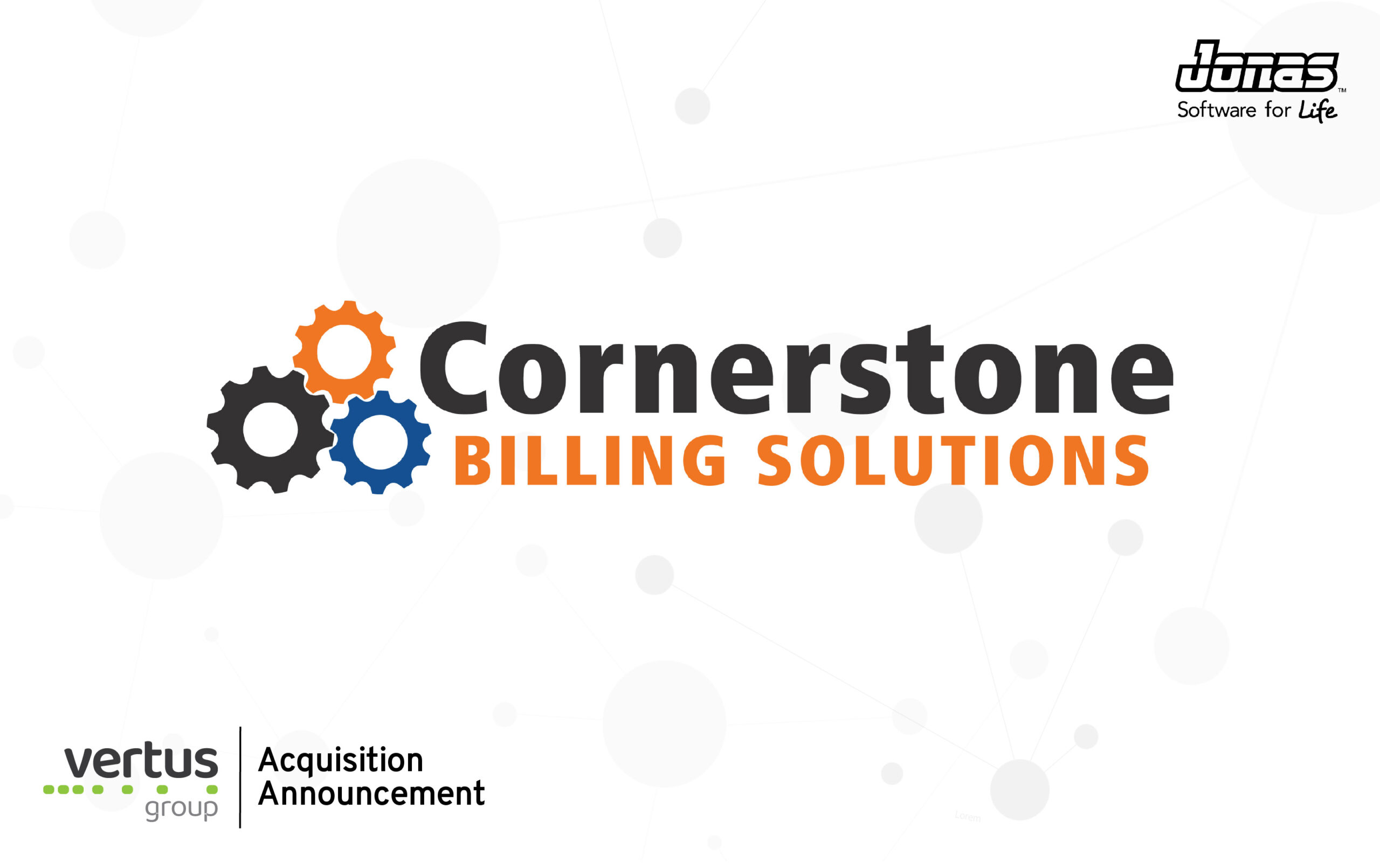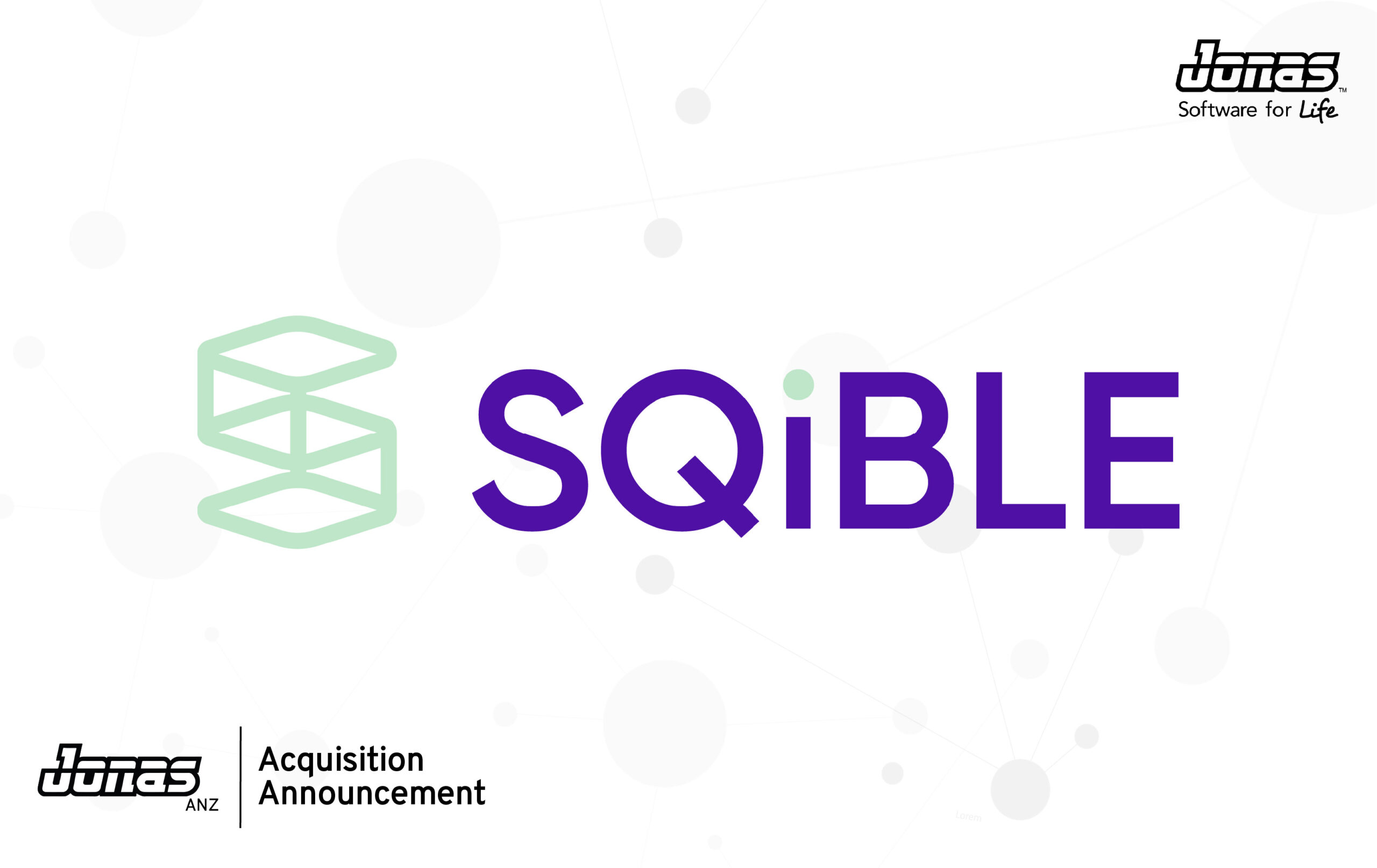Future-Proofing Vertical Market Software
Vertical Market Software (VMS) has revolutionized the way niche industries operate, providing tailored, cloud-based solutions for diverse sectors. However, as cloud adoption becomes a requirement, a new frontier is emerging in data and artificial intelligence (AI). For VMS companies looking to future-proof their business models, mastering data infrastructure and AI integration is becoming imperative.
From Industry Solutions to Intelligence Hubs
The early advantage of VMS lay in deep industry customization, serving complex, underserved markets with tools that horizontal solutions couldn’t match. But what began as workflow automation and digital record-keeping is evolving into something more powerful: industry-specific intelligence platforms.
Modern VMS companies are poised to become the central nervous system of their respective sectors. By unifying fragmented data sources and embedding AI-driven capabilities, they aren’t just improving operational efficiency, they’re becoming decision-making partners to their customers. Companies that treat proprietary data as strategic capital are in a prime position to build defensible moats, outperform competitors, and unlock long-term value.
Data as a Defensible Asset
A true strength of VMS lies in its access to proprietary data. IBM has underscored this opportunity by emphasizing the critical role proprietary data plays in the success of generative AI applications. “Public models are easy to access, but proprietary data is not. That’s where long-term value lives”1. In other words, owning and organizing high-quality domain data is not just an operational benefit; it’s the foundation for scalable, defensible AI innovation.
Companies that unify their internal and customer-facing data into centralized platforms are uniquely positioned to become category leaders. This unified data strategy not only improves real-time decision-making for customers but also acts as a barrier to entry for future competitors who lack equivalent data scale or quality.
Turning Workflow Tools into Decision Engines
If data is the fuel, AI is the engine that unlocks new value. AI is propelling VMS beyond its original function as a system of record and toward becoming a “system of intelligence.” What was once static software, tracking records, processing transactions, and managing schedules, is now evolving into a proactive solution that can analyze, recommend, and act autonomously.
Activant Capital highlights this shift as evolutionary, noting that AI integration enables VMS to automate complex, domain-specific workflows, human roles in the process2. For example, Jonas Premier’s AI assistant is capable of streamlining operations by managing routine tasks and surfacing critical issues before they escalate3.
Andreessen Horowitz (a16z) characterizes this as the third wave of vertical SaaS. AI’s addition allows platforms to “turn labour into software”, offering end-to-end functionality that delivers significantly higher value per customer4.
Continuous Learning and Embedded Intelligence
What makes AI particularly valuable in vertical SaaS is its ability to learn continuously. Embedded AI systems—such as recommendation engines, forecasting models, or intelligent assistants—improve over time as they ingest more data and learn from user behaviour. This leads to more insightful outputs that become increasingly tailored to customers. Jonas Fitness’ AI training resource, IRIS, exemplifies this as it supports the onboarding of new employees for fitness businesses that use their Compete Club Management Software. As IRIS interacts with more users and gathers feedback, it evolves, delivering more efficient training tailored to the unique workflows of each business5.
These adaptive capabilities enable proactive features that were previously unattainable. In retail, AI can forecast inventory needs; in healthcare, it might identify patients at risk before symptoms emerge. Such context-specific intelligence elevates the software from a digital tool to a trusted advisor.
Bessemer Venture Partners has noted that vertical AI applications are increasingly creating real moats by integrating product depth, customer-specific data, and high-value use cases6. In short, the more industry-specific experience a platform accumulates, the harder it is to disrupt.
Responsible and Explainable AI: A Competitive Necessity
As AI becomes more deeply embedded in VMS offerings, explainability and governance are no longer optional. Many industries—such as finance, healthcare, and public infrastructure—are highly regulated, and customers in these domains require AI-driven outputs to be transparent, and accountable.
Companies that implement explainable AI (XAI) and embed governance from the start will have a significant advantage in building trust with both users and regulators. AI features that can justify recommendations, flag uncertainty, and provide human-readable explanations are more likely to gain traction in sensitive sectors.
Moreover, robust AI governance—covering model validation, data quality, and ethical use—is quickly becoming a sign of operational maturity. Enterprises evaluating VMS solutions are increasingly scrutinizing not just functionality, but how responsibly the AI behind it is built and maintained. This level of transparency is especially critical in industries where the software’s decisions have material, legal, or life-affecting consequences.
Strategic Upside
For founders and executives, the strategic benefits of AI and data integration extend far beyond product enhancements. First, it offers unmatched scalability. With embedded AI, platforms can serve more customers—or larger, more complex organizations—without a linear increase in headcount. Operational leverage improves dramatically, enabling teams to do more with less.
It also strengthens customer stickiness. AI-driven insights, once customized to an industry or even individual client, are difficult to replicate. This not only enhances customer satisfaction but also boosts retention.
The Future Is Vertical AI
What emerges from this transformation is not just better software, but a new category: Vertical AI. These are platforms that don’t merely digitize existing workflows, they automate and continuously improve them, drawing on years of industry-specific data.
Bessemer describes Vertical AI as the next evolution in enterprise tech, where platforms become intelligent service providers that operate at the intersection of software, data, and machine learning6. For VMS businesses, this means their future value will be judged not just on revenue or growth, but on the quality of their data assets, the robustness of their AI models, and the maturity of their governance systems.
Build the Future into the Product
For VMS companies seeking to remain relevant and valuable through the next decade, the playbook is evolving. Unified data platforms, proprietary data moats, embedded intelligence, and explainable AI will define the winners.
Activant Capital puts it best: “Capturing meaningful insights from the data and being able to act on them is how vertical software unlocks significant customer value “2. Done right, a VMS company becomes more than a vendor—it becomes the intelligent core of a company’s operations.
Resources:
- IBM. “Proprietary Data: Your Competitive Edge in Generative AI.”
- Activant Capital. “Vertical Software Is Having A Moment.”
- Premier Construction Software. “AI-Powered Predictive Analytics Software in Construction.”
- Andreessen Horowitz (a16z). “Vertical SaaS: Now with AI Inside.”
- Jonas Fitness. “IRIS AI Chat Bot Introduction.”
- Bessemer Venture Partners. “The Future of AI is Vertical.”
If you’re a founder or executive in vertical SaaS and want to learn more about how we are using AI:
Contact Us to Learn More

Recent Posts
2025 Mid-Year Review
2025 has already proven to be a milestone year marked by exceptional growth for Jonas Software. Here's a quick snapshot of our accomplishments so...
Data Driven AI in Vertical Market Software
Future-Proofing Vertical Market Software Vertical Market Software (VMS) has revolutionized the way niche industries operate, providing tailored,...
Vertus Group Acquires CAST Group of Companies
Toronto, Canada – Vertus Group, a division of Jonas Software, is excited to welcome CAST Group of Companies (“CAST”) to its growing portfolio. CAST...
Career Progression Stories: Stacey Long
We caught up with Stacey Long, Jonas Software's VP of Human Resources, to talk about her career progression, her role at Jonas, our ABCs, and...
Vertus Group Acquires Cornerstone Billing Solutions
Chicago, Illinois, USA – Vertus Group, a Division of Jonas Software, is thrilled to announce the acquisition of Cornerstone Billing Solutions...
Navigating Success: Heather Klassman
Thought-Leadership Insight with Heather Klassman We caught up with Heather Klassman – current Portfolio CEO at CORA Group, to talk about her career...
Why I Sold – Acquisition Stories with Neil Mukerji, Kobas
We caught up with Neil Mukerji, the former co-owner of Kobas. Kobas is an all-in-one hospitality management platform for restaurants, bars, and...
CSI Chat Highlights: Sovereign Debt to Improv in Business
CSI Chat is hosted by Scott Denneny, Vice President of Finance at Constellation Software (Jonas Software’s parent company). The podcast brings...
Jonas Europe Acquires Wheatley Software Solutions
Wallingford, Oxfordshire, April 28th, 2025 – Jonas Europe (“Jonas”) is pleased to announce the acquisition of Wheatley Software Solutions. Wheatley...
Jonas In Medicine – Vertical Overview
Jonas Software’s entry into the medical and healthcare space began in 2007 with the acquisition of Computrition—a pioneer in foodservice management...
Jonas Software Acquires SQiBLE
Brisbane, Australia, April, 14 2025 - Jonas Software ANZ “Jonas” is pleased to announce the acquisition of SQiBLE. SQiBLE is a market-leader with a...
Vesta Software Acquires Imaginet Limited
Wallingford, Oxfordshire, April 9, 2025 – Vesta Software Group ("Vesta"), is pleased to announce the acquisition of Imaginet Limited (“Imaginet”), a...













